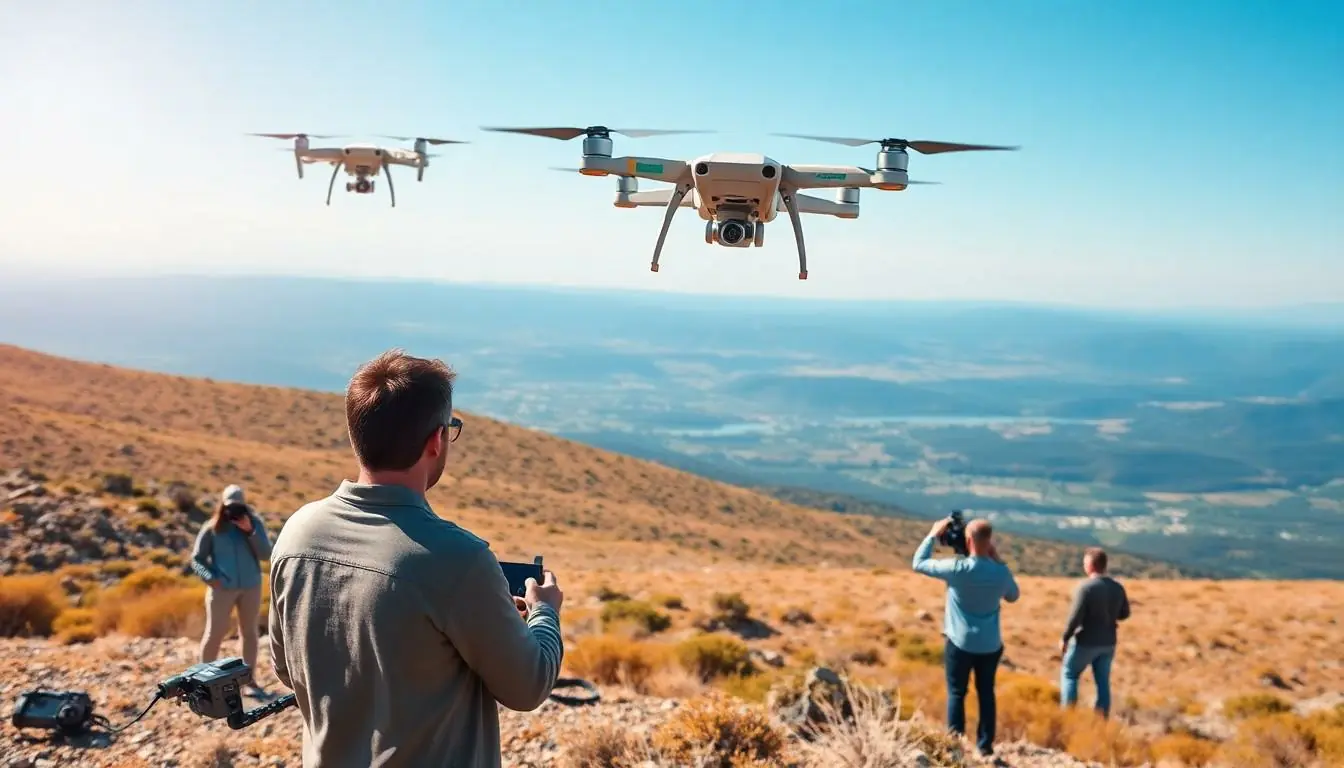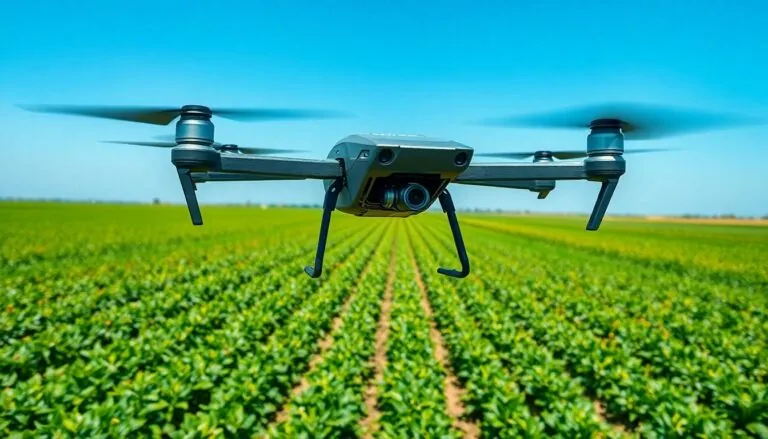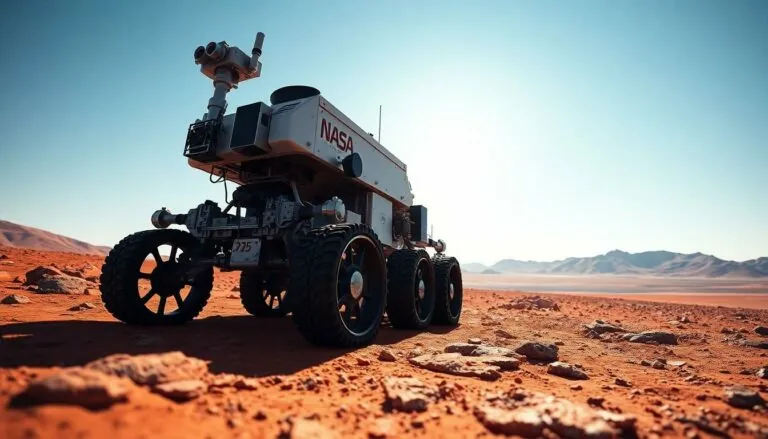Table of Contents
ToggleDrones are no longer just the toys of tech enthusiasts or the secret agents of the skies. They’ve become a vital part of various industries and even everyday life. From capturing stunning aerial shots to delivering packages faster than a pizza delivery guy, these flying wonders have taken the world by storm. But not all drones are created equal, and choosing the right one can feel like picking the best ice cream flavor—overwhelming yet deliciously exciting.
Overview of Different Types of Drones
Drones come in various types, each designed for specific uses and capabilities. Multirotor drones, commonly seen in recreational flying, feature multiple rotors that provide enhanced stability and maneuverability. These drones excel in aerial photography and videography, making them popular among hobbyists.
Fixed-wing drones, unlike their multirotor counterparts, offer longer flight durations and greater distances. They glide smoothly through the air, which works well for mapping and surveying large areas. Operators use fixed-wing models for agricultural applications and environmental monitoring.
Hybrid drones combine the features of both multirotor and fixed-wing designs. These systems provide vertical takeoff and landing capabilities along with extended range. Hybrid models serve various purposes, from search and rescue missions to infrastructure inspection.
Toy drones introduce a lighter, more accessible entry point into the drone world. These small, often low-cost models appeal to beginners and children, focusing primarily on fun rather than advanced features. Generally, toy drones lack sophisticated camera systems or long flight times.
Racing drones offer high-speed performance and agility catered to competitive racing enthusiasts. These drones require expert piloting skills and often come equipped with enhanced features for improved control. Races take place in various environments, inviting participants to push their skills and equipment to the limit.
Finally, commercial drones fulfill specialized industry needs like parcel delivery, emergency services, and surveillance. Businesses increasingly rely on these drones to streamline operations and enhance safety. Various sectors benefit from their unique capabilities, from logistics to construction.
Distinct drone types present unique benefits and applications, ensuring users find solutions tailored to their needs.
Consumer Drones

Consumer drones cater to hobbyists and enthusiasts, serving various purposes like photography, racing, and exploration. Their popularity continues to grow due to improved accessibility and technology.
Features of Consumer Drones
Consumer drones often include high-definition cameras for capturing stunning aerial imagery. Many models feature GPS functionality for precise navigation and positioning. Flight time typically ranges from 20 to 30 minutes, depending on battery capacity and usage. Intuitive control systems enhance user experience, allowing even beginners to fly with ease. Some drones incorporate image stabilization technology, improving photo and video quality during flight. Portability is another key aspect, with lightweight designs enabling easy transport and storage.
Popular Models
DJI Mavic Air 2 stands out for its camera capabilities and flight performance, making it a favorite among drone photographers. The Parrot Anafi offers a compact design and impressive zoom functionality, appealing to nature enthusiasts. For racing, the EMAX Tinyhawk II provides speed and agility, perfect for competitive pilots. Autel Robotics EVO Lite ensures extended flight times and superior imaging, popular among videographers. Lastly, the Holy Stone HS720 features an affordable price and user-friendly interface, attracting new users in the drone market.
Commercial Drones
Commercial drones play a vital role in multiple industries, driving efficiencies and enhancing safety measures.
Applications in Various Industries
Commercial drones find applications in agriculture, logistics, construction, and public safety. In agriculture, drones monitor crop health and optimize irrigation techniques. They provide real-time data, enabling farmers to make informed decisions. In logistics, these devices speed up package deliveries, reducing transportation costs. Construction firms use drones to survey sites, assess project progress, and ensure compliance with safety standards. First responders also benefit from drone technology, as they can deploy drones for disaster relief and search operations. Each industry relies on these sophisticated tools to improve operational efficiency and data accuracy.
Regulations and Compliance
Regulatory bodies establish guidelines for commercial drone usage to ensure safety and compliance. The Federal Aviation Administration (FAA) regulates airspace utilization, requiring operators to register their drones. Commercial drones must adhere to specific operational restrictions, such as flight altitude and no-fly zones. Additionally, certification and training requirements exist for pilots to enhance safety during flights. Following these regulations not only promotes safe operations but also bolsters public acceptance of drones across various sectors. Understanding compliance requirements helps businesses implement drone technology effectively while minimizing legal risks.
Military Drones
Military drones play a crucial role in modern warfare and defense strategies. These unmanned aerial vehicles (UAVs) vary widely in design and application, addressing the specific needs of military operations.
Types of Military Drones
Reconnaissance drones focus on gathering intelligence and surveillance data. Attack drones, equipped with weaponry, provide offensive capabilities for targeted strikes. Additionally, combat drones offer agility and precision in dynamic scenarios. Surveillance drones monitor enemy movements from a distance, while transport drones carry supplies to troops in remote or hazardous areas. Each type serves essential functions that enhance military effectiveness.
Use Cases and Impact
Military drones have transformed tactical operations significantly. They enable real-time data collection, improving situational awareness for commanders. Tactical missions benefit from lower risk to personnel, allowing operators to conduct surveillance or strikes without direct engagement. Furthermore, drones reduce operational costs compared to traditional aircraft. The integration of drones into military strategies also leads to faster decision-making and increased efficiency on the battlefield. Their impact on defense continues to evolve, influencing future technologies and operational methodologies.
Racing Drones
Racing drones provide a thrilling blend of speed, agility, and advanced technology, making them a favorite among enthusiasts. Designed for high-performance, these drones offer unique features tailored for competitive flying.
Characteristics of Racing Drones
Racing drones typically feature lightweight frames to enhance speed. Capable of reaching speeds exceeding 100 miles per hour, they prioritize quick acceleration and responsiveness. These drones often include first-person view (FPV) systems, allowing pilots to experience real-time video feeds from the drone’s camera. Customizable components enable builders to tweak settings, enhancing performance based on personal preferences. Powerful brushless motors contribute to their swift movements, while racing-specific flight controllers ensure precision control during competitions.
Events and Competitions
Racing events attract competitors from around the world, showcasing skills and technology in thrilling formats. Popular series like the Drone Racing League (DRL) host races in unique venues, such as stadiums or warehouses. Pilots navigate challenging courses filled with gates, obstacles, and tight turns, pushing their drones to the limits. Spectators enjoy live broadcasts that capture the action from pilots’ perspectives. Prizes in these competitions often include cash rewards, sponsorships, and the recognition of being a top racer in the community.
Drones have become integral to many aspects of modern life and industry. Their diverse types cater to a wide range of needs from recreational flying to commercial applications. Each drone type offers unique features that enhance its usability and effectiveness.
As technology continues to advance, the potential for drones will only expand. Users can expect even more innovative applications and improved capabilities. With the right knowledge and understanding of different drone types, individuals and businesses can harness this technology to meet their specific goals and challenges.




